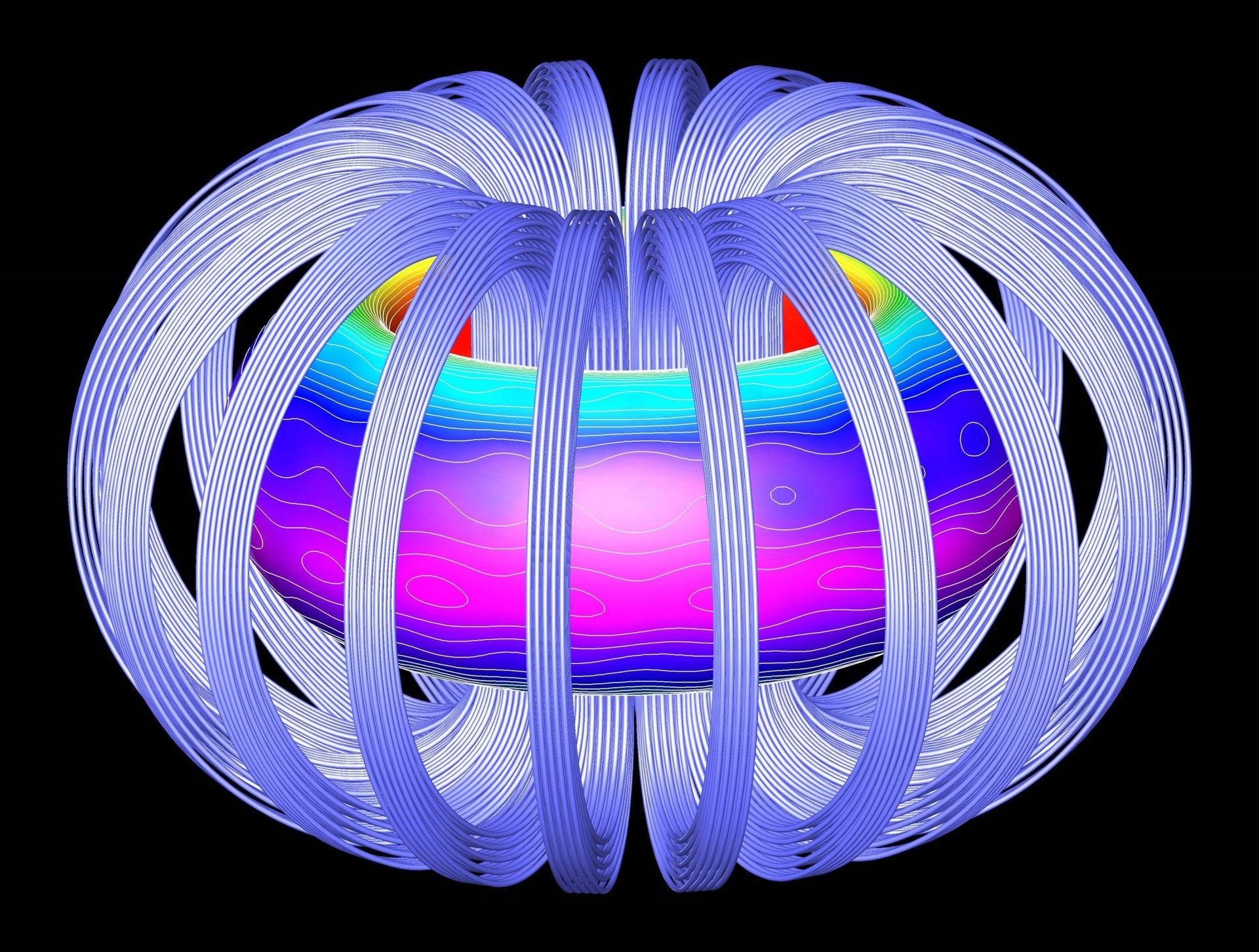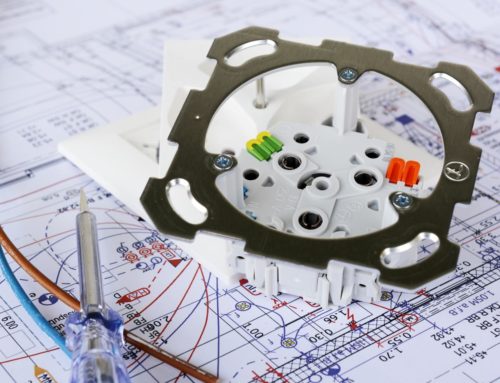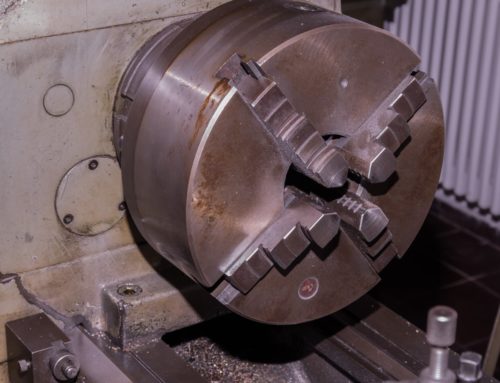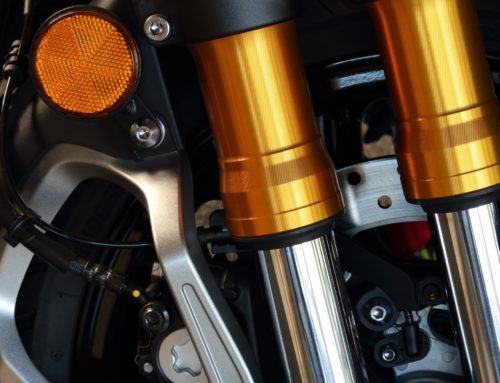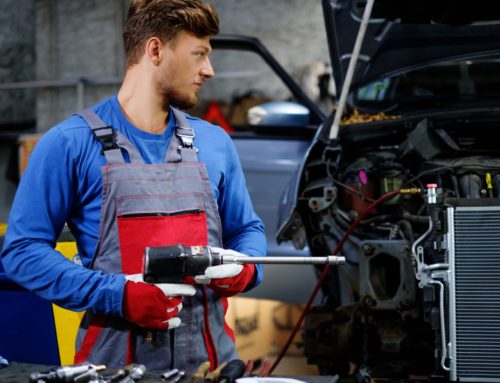The fastest way to overcome inertia and pull something to a stop is to run it in the opposite direction. It’s a simple enough principle, rather than bleed speed from a moving object you directly oppose the speed it has. While simple in principle, in an application such types of braking would create enormous mechanical stress.
That’s why the use of DC motor brakes is so important. Plugging stops motors more quickly than any other braking style.
Though not as destructive as a physical brake, plugging comes at the cost of efficiency. Efficiency is a small cost in light of stats from OSHA indicating the importance of proper brakes on lathes and similar turning equipment to prevent injury and loss of life.
Plugging Mechanisms
The plugging process – or reverse current braking – is possible in both AC motor braking and DC motor brakes. There’s a slight difference in the circuit but the overall principle remains the same.
The polarity of the voltage is changed across the armature. Rather than repelling the armature, it now draws it, which effectively doubles the strength of the connection. The system of a DC motor brake works by regulating voltage on one side of the circuit and plugging voltage on the other.
The EMF pulls in one direction and the motors inertial rotation in the other. Since the same power that was propelling the motor is now working against it the motor stops more quickly.
This strong stopping force benefits from the supply voltage and back EMF voltage combined. This also creates significant heat but without the mechanical friction that limits mechanical braking.
For an AC motor, the end voltage gets reversed through an interchange of supply leads. Stator voltage across the circuit is strong enough to cause the magnetic field to overcome the rotation of the motor’s torque.
Plugging Purposes
The purpose of plugging is to create a sudden, powerful stopping force. In some uses, the stopping force is the entire point. In other uses, the stopping force zeroes out the rotational force before powering it in the opposite direction.
Slowing a motor through dynamic braking is more efficient. In a motor designed to provide torque in two directions, plugging provides expediency more than necessity. Ideally, slowing a motor before reversing direction is considered safer.
The power of using reverse current braking is good for a full stop but needs to be tightly controlled by software. For a situation where a full stop is ideal, such as safety, zero is zero. For arriving at zero a plugging contractor disconnects the motor from power when the stop is enacted.
Power Up
Devices that need to reverse direction for manufacturing require sophisticated controls. For those applications, it’s good to be aware of the mechanical shock load produced by plugging to ensure the system performs well over time.
Every braking type has its purpose and multiple types built into the same motor ensure the best results.
To find the right brake for your needs, contact us for additional information and options.

